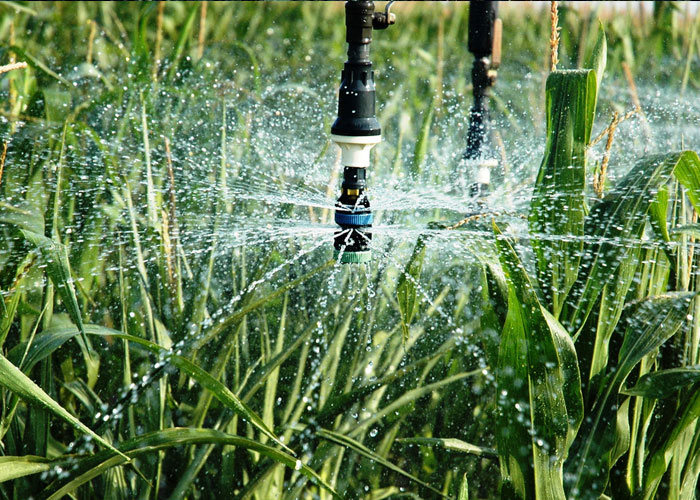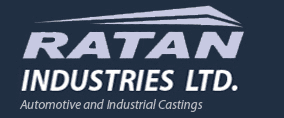Rainwater harvesting is one of the most traditional and environmentally friendly ways to use water. It helps reduce water demand and helps reduce municipal costs. It can be used for drinking water, landscape irrigation, laundry and lavatory plumbing. It also reduces energy consumption in communities.
Depending on the location of your home, you might have to purchase an STP to handle your sewage. Generally, residential buildings need at least one STP to treat sewage. Many STPs are located underground, making them difficult to maintain. Moreover, you may not be able to inspect them without hiring an expert. It is better to consult a professional if you have any doubts about the process.
Rainwater harvesting is the most traditional and sustainable method.
Rainwater harvesting is the practice of collecting rainwater and storing it for future use. This practice is a proven and sustainable way to conserve water and reduce water bills. It also helps recharge groundwater. A rainwater harvesting system may include a small reservoir for irrigation, deep wells to replenish groundwater, or even runoff treatment slowly.
Because rain is sporadic, rainwater harvesting is a highly efficient way to capture and utilize the water that falls on our planet. Unlike municipal water, rainwater contains no chemicals. It is an excellent source for landscape irrigation. Additionally, rainwater harvesting reduces energy use in the local community. This can lower water bills for homeowners and municipalities alike.
A rainwater harvesting system can range from a simple rain barrel to a complex system with pumps, filters, and purification systems. The collected water can be used for a variety of purposes, including irrigating lawns, washing cars, and washing clothes. It can also be purified for human consumption. Using rainwater to water your garden is a sustainable way to conserve water, especially when water scarcity is a pressing issue in many areas.
It reduces the demand and supply of water.

Water harvesting is a great way to decrease the demand for water and increase the clean water supply. Collecting and using rainwater will reduce the demand for municipal water supplies, and rainwater is usually free of salts and other contaminants. Moreover, harvesting rainwater can reduce the stormwater that pollutes surface water and sewer systems.

The benefits of rainwater harvesting include:
•Reduced water bills.
•Reduced dependence on minicipal source
•A backup source of water during times of drought.
Harvested rainwater can also help reduce flood risks in low-lying areas and prevent soil erosion. The water collected can be treated if necessary and used for various purposes.
The water demand is increasing, and groundwater supplies are becoming scarcer. In many areas, digging deeper wells is becoming expensive and environmentally damaging. In some cases, groundwater levels may collapse, causing the soil to collapse where the water once was. Therefore, rainwater harvesting should be used whenever possible to avoid the problems associated with dwindling groundwater supplies.
It can be used for drinking water, landscape irrigation, laundry, and lavatory plumbing.
The demand for water for drinking purposes is relatively constant. Public water supplies are treated to meet drinking water standards and delivered through a distribution system. The process of producing and distributing this water is expensive and energy-intensive. Most end-users of public water supply water require high-quality water, while lesser quality water could be used in some situations. During the growing season, approximately forty per cent of household water use is dedicated to landscape irrigation. Rainwater harvesting reduces the demand for public drinking water supplies.
In some areas, the water demand for these indoor uses is constant or seasonal. In colder climates, a backup water supply for these uses is needed. Harvested water is also useful for indoor washing applications such as laundry and cleaning equipment. Laundry accounts for approximately 22% of the water use by the average household. By utilizing harvested water for laundry, homeowners can reduce the amount of potable water they use each year.
The collected rainwater must be cleaned to be safe for human consumption. It may be purified with filtration, chemical disinfection, or boiling. Boiling and chemical disinfection remove some contaminants, but these methods will not eliminate all of them. A first-flush diverter may help improve the quality of collected rainwater.
It can save money
Rainwater harvesting is a way to capture rainwater and store it for later use. The harvested water is safe for drinking and can be used to water plants. It is also free of salts, which help plant growth. Furthermore, it can be used to flush toilets and bathe pets. In some areas, a rooftop can collect as much as 500 gallons of rainwater from a half-inch of rainfall.
Rainwater harvesting is a way to capture rainwater and store it for later use. The harvested water is safe for drinking and can be used to water plants. It is also free of salts, which help plant growth. Furthermore, it can be used to flush toilets and bathe pets. In some areas, a rooftop can collect as much as 500 gallons of rainwater from a half-inch of rainfall.
Rainwater harvesting systems also help the environment by reducing pollution and erosion. These systems can help reduce flooding, which in turn helps conserve natural resources. In addition to saving money, harvesting rainwater can reduce the water you use for other purposes, such as washing your car or clothes. And it can even be used as a backup water supply in emergencies.







































Share Post